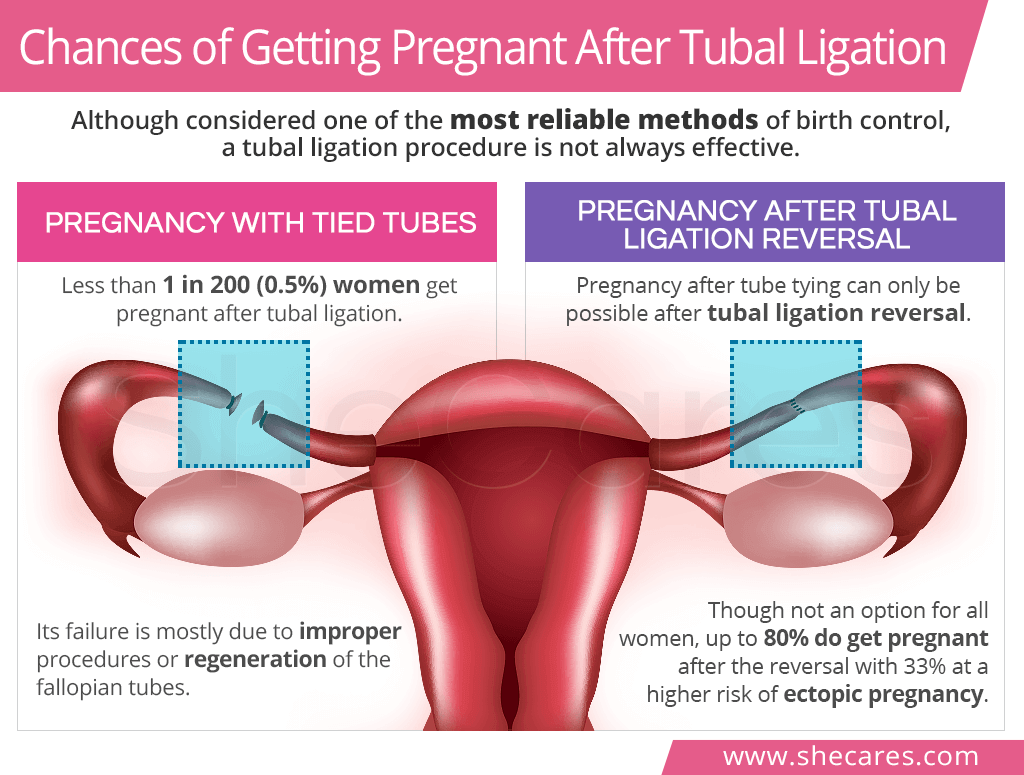
Pregnancy After Tubal Ligation: A Comprehensive Guide
Tubal ligation, also known as "having your tubes tied," is a surgical procedure that involves cutting, tying, or blocking the fallopian tubes to prevent pregnancy. It is a highly effective method of contraception, with a success rate of over 99%. However, in rare cases, women may become pregnant after tubal ligation.
Causes of Pregnancy After Tubal Ligation
The most common cause of pregnancy after tubal ligation is a failure of the procedure itself. This can occur if the fallopian tubes were not properly cut, tied, or blocked during the surgery. Other factors that may increase the risk of pregnancy after tubal ligation include:
- Type of tubal ligation: Some methods of tubal ligation are more likely to fail than others. For example, electrocoagulation (using heat to seal the fallopian tubes) has a higher failure rate than other methods.
- Age: Women who undergo tubal ligation at a younger age are more likely to become pregnant after the procedure.
- Hormonal factors: Women who have high levels of certain hormones, such as estrogen, may be more likely to become pregnant after tubal ligation.
- Smoking: Women who smoke cigarettes are more likely to become pregnant after tubal ligation.
Symptoms of Pregnancy After Tubal Ligation
The symptoms of pregnancy after tubal ligation are the same as the symptoms of pregnancy in general. These may include:
- Missed period
- Nausea and vomiting
- Fatigue
- Tender breasts
- Frequent urination
Diagnosis of Pregnancy After Tubal Ligation
If you experience any of the symptoms of pregnancy after tubal ligation, it is important to see your doctor right away. Your doctor will perform a physical exam and ask about your medical history. They may also order a pregnancy test to confirm the diagnosis.
Treatment of Pregnancy After Tubal Ligation
There are two main treatment options for pregnancy after tubal ligation:
- Medical management: This involves taking medication to terminate the pregnancy.
- Surgical management: This involves surgery to remove the pregnancy.
The best treatment option for you will depend on your individual circumstances. Your doctor will discuss the risks and benefits of each option with you and help you make the best decision for your health.
Risks of Pregnancy After Tubal Ligation
Pregnancy after tubal ligation is a high-risk pregnancy. This is because the fallopian tubes are not able to properly support the developing fetus. This can lead to a number of complications, including:
- Ectopic pregnancy: This is a pregnancy that occurs outside of the uterus. Ectopic pregnancies can be life-threatening.
- Miscarriage: Women who become pregnant after tubal ligation are more likely to miscarry.
- Premature birth: Women who become pregnant after tubal ligation are more likely to give birth prematurely.
- Low birth weight: Babies born to women who become pregnant after tubal ligation are more likely to have a low birth weight.
Prevention of Pregnancy After Tubal Ligation
The best way to prevent pregnancy after tubal ligation is to use a reliable method of contraception. This may include:
- Condoms
- Diaphragm
- Birth control pills
- Intrauterine device (IUD)
If you are considering tubal ligation, it is important to discuss the risks and benefits of the procedure with your doctor. You should also discuss your options for contraception after tubal ligation.